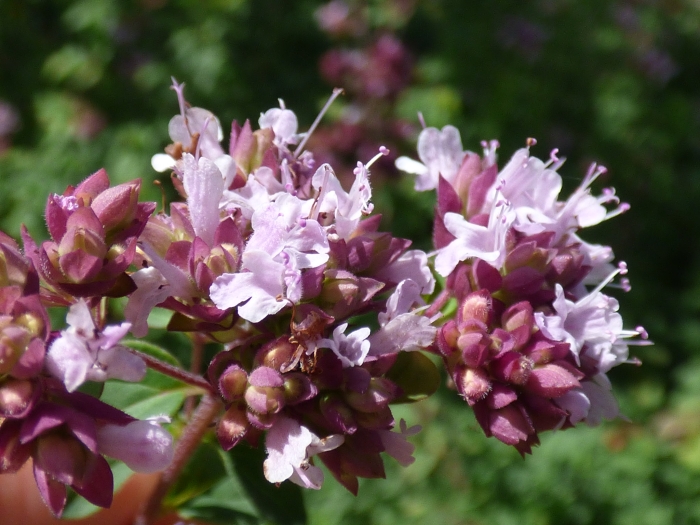Sweet Marjoram
(Origanum majorana)
Sweet Marjoram (Origanum majorana)
/
/

Forest and Kim Starr
CC BY 2.0



























































Estimated Native Range
Summary
Sweet Marjoram is valued for its fragrant leaves, which are used fresh or dried in culinary dishes. It is also appreciated for its ornamental qualities in herb gardens, borders, and containers. It requires well-drained soil and full sun to flourish and is drought-tolerant once established. While it is hardy in USDA Zones 7–9, it can be grown as an annual in colder climates or overwintered indoors. Sweet Marjoram is relatively low-maintenance but can be susceptible to root rot if overwatered or planted in poorly drained soils.CC BY-SA 4.0
Plant Description
- Plant Type: Subshrub, Herb
- Height: 1-2 feet
- Width: 1-2 feet
- Growth Rate: Moderate
- Flower Color: Pink, White
- Flowering Season: Summer
- Leaf Retention: Evergreen
Growth Requirements
- Sun: Full Sun
- Water: Low, Medium
- Drainage: Slow, Medium, Fast
Common Uses
Bank Stabilization, Bee Garden, Border Plant, Butterfly Garden, Deer Resistant, Drought Tolerant, Edible*Disclaimer: Easyscape's listed plant edibility is for informational use. Always verify the safety and proper identification of any plant before consumption., Fragrant, Groundcover, Low Maintenance, Potted Plant, Rabbit Resistant
Natural Habitat
native to the Mediterranean region, specifically Cyprus, where it thrives in a variety of habitats including rocky hillsides and scrubby areas
Other Names
Common Names: Sweet Marjoram, Pot Marjoram, Majoran, Garten-Majoran, Knotted Marjoram, Mejorana, Marjolaine, Maggiorana, Marjolein, Echte Marjolein
Scientific Names: , Origanum majorana, Majorana hortensis, Origanum dubium, Origanum majoranoides, Origanum confertum, Majorana vulgaris, Origanum majorana var. tenuifolium, Amaracus majorana, Majorana cretica var. hortorum
GBIF Accepted Name: Origanum majorana L.